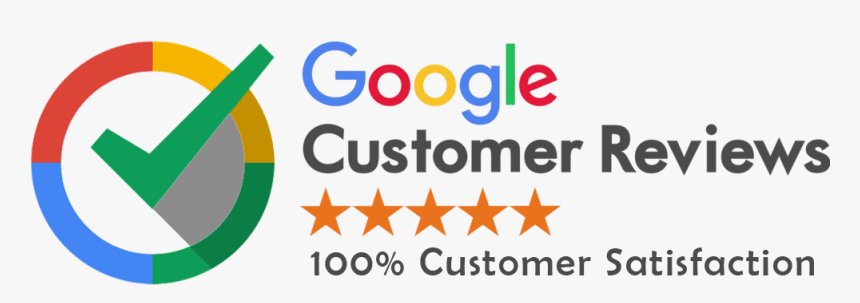- Sales & Rental Listing Management
- Advanced Uploading Gallery
- Adjust the main picture from the Gallery
- Leads management systems
- Brokers Listing
- Contacts management
- Users/ Brokers Management
- Trash Log History
- Powerful blog
- News & Events
- Powerful jquery approach
- Advanced Contents Management System
- Advertisement Management
- Manage search engine important elements of your Real Estate Website Development Company Dubai pages, such as Title Elements and HTML Meta Tags (Keywords, Description, Title)
- Many more…
Our Dubai Real Estate Web Design & Development Process
RedSpider Web & Art Design Company has conducted in-depth studies on real estate projects, thoroughly understanding the complexities of the real estate market and developing effective solutions. This expertise allows our team of professional real estate website designers to maintain our position as the #1 Dubai Real Estate Website Design Company. Our Real Estate Web Design Dubai team follows 8-stage process to ensure a seamless, high-quality website Design & Development experience. We guide our clients through each step. Here’s an overview:
- Discovery & Research – Understanding client requirements and conducting market analysis.
- Planning & Wireframing – Creating a strategic blueprint for the website.
- Design & UI/UX – Crafting a visually appealing, user-friendly interface.
- Development & Integration – Building functionalities and integrating backend systems.
- Content & SEO Optimization – Implementing SEO best practices and optimizing content for better visibility.
- Testing & Quality Assurance – Identifying and resolving bugs or errors.
- Client Approval & Review – Gathering client feedback and securing final approval before launch.
- Deployment & Post-Launch Support – Launching the website and providing ongoing maintenance.
Why Choose RedSpider as a Dubai Real Estate web Design Company?
With over 14 years of experience, RedSpider has successfully completed numerous real estate website design and development projects, establishing a strong reputation in the market. Our expert Real Estate Website Designing team not only provides Web Design & Development services but also offers additional solutions to enhance your website’s market presence and meet client needs. Here are some key services we provide:
- Industry-Specific Expertise – Every member of our Real Estate Web Design team has 10+ years of experience and deep expertise in the real estate industry to deliver the best solutions.
- User-Friendly Interface – We create intuitive and easy-to-navigate websites that help businesses engage customers effortlessly.
- SEO & Mobile Optimization – To ensure better visibility in search engines and adapt to the growing number of mobile users, we build SEO-optimized and mobile-friendly websites.
- Advanced Features – We integrate custom features tailored to client needs, ensuring the website meets business goals effectively.
- Fast & Secure Websites – Our team prioritizes speed and security, implementing advanced measures to protect against hacking and performance issues.
- Custom Design & Branding – We craft unique and visually appealing designs that strengthen your brand identity and make your real estate website stand out.
- On-Time Delivery – Typically, our team completes Real Estate Web Design & Development projects within 10 to 15 days. However, the timeline may vary depending on project complexity and specific client requirements.
- Reliable Support & Maintenance – RedSpider provides ongoing support and maintenance services to ensure your website remains up-to-date and fully functional.
FAQs About Real Estate Web Design Dubai
What is the best builder for Real Estate Website Designing?
If you need a quick and simple real estate website, Wix and Squarespace offer easy-to-use options. However, for a professional and high-performing website, a real estate website designing company is a better choice. A Dubai real estate web design company like RedSpider can build a customized site with advanced search filters, property listings, and lead generation tools to boost your business.
Can you make your own website as a real estate agent?
Yes, you can use website builders, but they come with limitations in SEO, speed, and functionality. A custom-built website by a real estate web design company in Dubai ensures better branding, mobile responsiveness, and features like mortgage calculators and CRM integration. A well-designed website improves client trust and increases property inquiries.
What is the best website to look for real estate?
Platforms like Zillow, Realtor.com, and Bayut are popular for property searches. However, if you run a real estate business, having your own website designed by a real estate website development company Dubai helps you manage listings, generate leads, and build direct relationships with buyers and sellers.
How to choose the right Real Estate web design company in Dubai?
Look for a real estate website design company Dubai with experience in property websites, mobile-friendly design, and SEO. Check their portfolio, client reviews, and the features they offer, like IDX integration, lead capture forms, and property management tools. RedSpider, a leading Real Estate Web Design Dubai agency, provides custom solutions for real estate businesses.
How much do companies charge to design a website?
Website costs depend on features. A basic real estate site may start at AED 3,000, while a fully customized website with property search, CRM, and automation can go up to AED 15,000 or more. A real estate website design in Dubai should be built for performance, SEO, and user experience to ensure better ROI.


